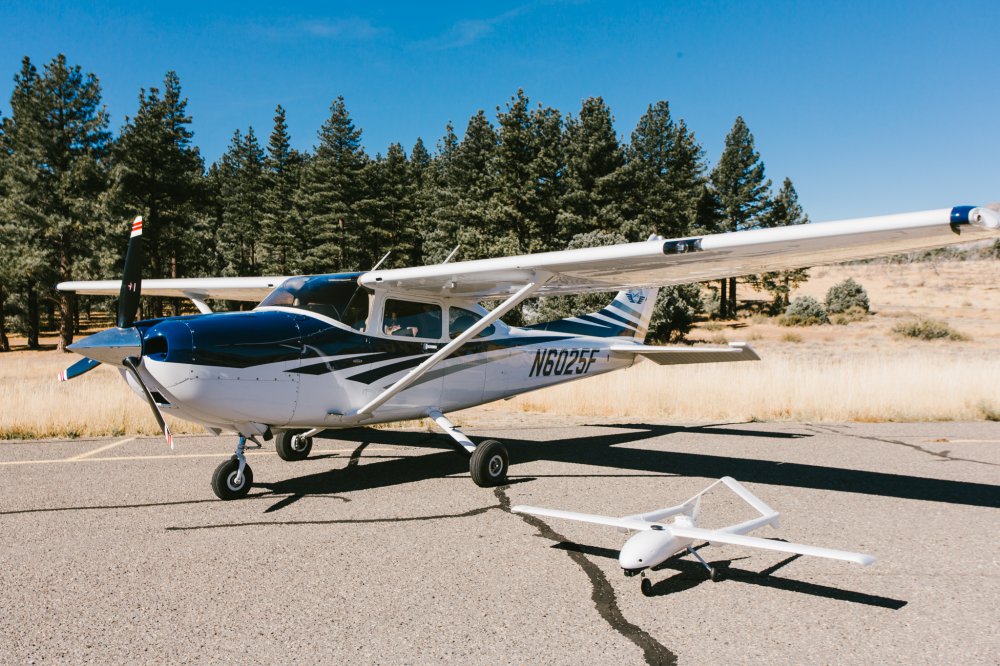The Kansas Department of Transportation is starting the testing phase of the Integration Pilot Program this week. Flights by Iris Automation will focus on enabling new detect and avoid capabilities for drones.
Iris Automation will be testing its collision avoidance technology in the airspace above Gypsum’s farmlands. The technology uses computer vision and artificial intelligence to allow drones to see the world the way a pilot does, enabling beyond visual line of sight flights. Test flights will take place throughout the week, and the technology will be evaluated through controlled drone flights against a manned aircraft.
“The flights we will conduct this week are a crucial part of the overarching strategy to further UAS representation as an important economic contributor for Kansas,” said Bob Brock, KDOT Director of Aviation. “We’re excited to continue our partnership with Iris Automation and our other IPP Team Members as we look forward into the future.”
The Integration Pilot Program was implemented by the Federal Aviation Administration through a Presidential Memorandum. KDOT was selected as one of 10 government organizations to test how drones can fly safely over people, at night and beyond visual line of sight, which will open new uses with industries for drones in the future. These tests are designed to help the FAA develop regulations for these activities.
“At Iris Automation, our cutting-edge technology is unlocking the potential of drones by enabling them to fly beyond visual line of sight,” said Alexander Harmsen, Chief Executive of Iris Automation. “I am delighted to be putting it to the test with Kansas Department of Transportation.”
Iris Automation’s detect and avoid technology has already been tested in thousands of collision scenarios, designed and executed by the company’s flight test team in Nevada. The technology uses a camera, processor and computer vision software to see the airspace around the drone in real-time, enabling collision avoidance. The software classifies and tracks moving objects and identifies their speed and direction in relation to the drone it is attached to. The system acts as a high-level supervisor to the drone’s autopilot, instructing it to execute automated avoidance maneouvres where necessary and informing the remote pilot in command of emergency situations.
Source: Press Release

